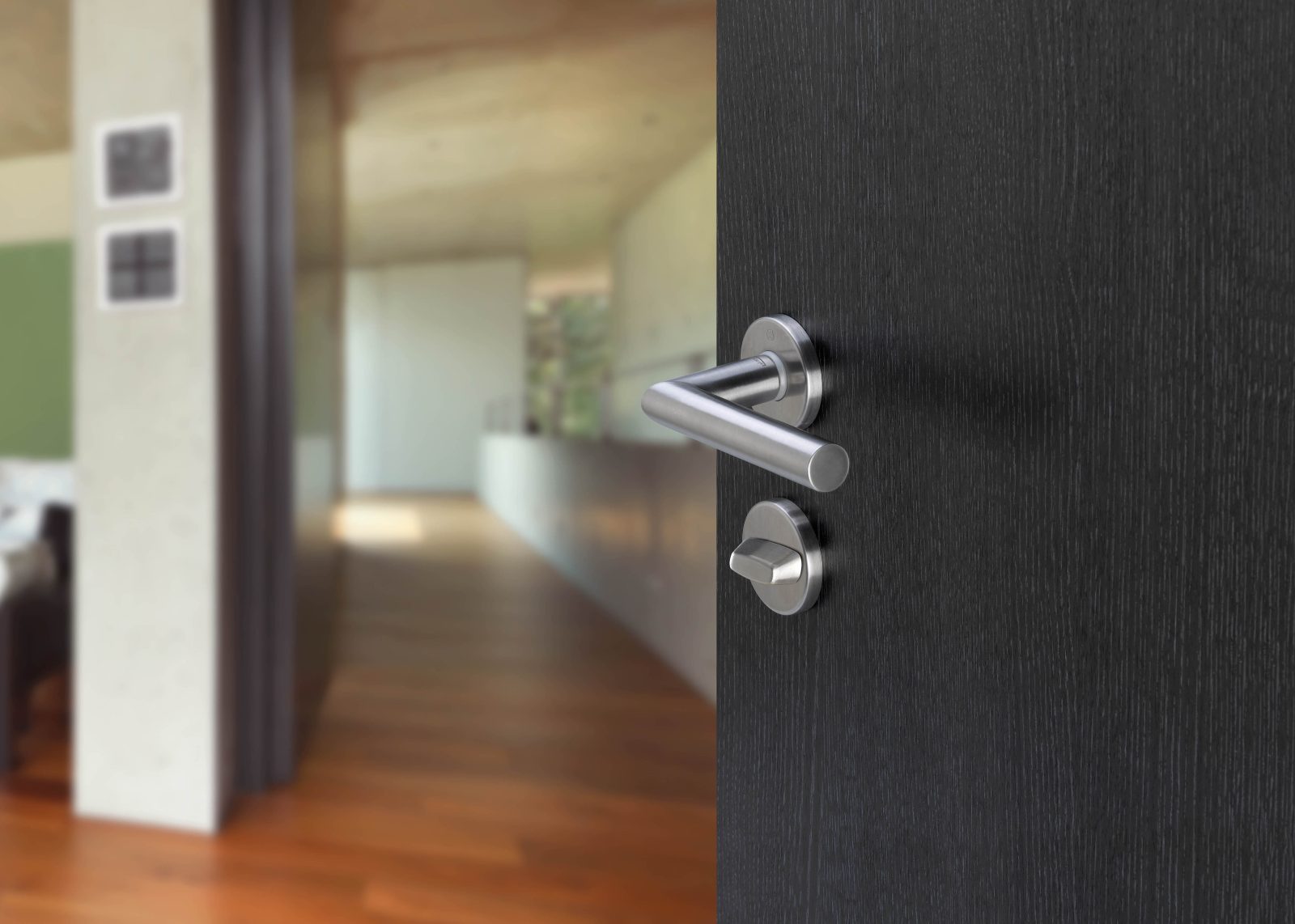Keeping leisure centres safe, comfortable and accessible for all

Garrath Willshaw, business development manager at Hoppe (UK), explains the considerations that need to be made when choosing new door hardware for use within leisure centres.
Door hardware in busy public leisure centres should be well thought out at design and specification stage to avoid unnecessary – and costly – repair, maintenance and replacement for budget-tight local authorities.
With the latest forecast from the Building Cost Information Service (BCIS) estimating a 16% rise in building maintenance costs by the second quarter of 2029, installing high quality products up front can save money in the long run.
According to Sports England, there are more than 2,000 public leisure centres in England and almost 5,000 privately operated gyms across the entire UK. In these facilities, door hardware is in constant use and needs to be more than just an afterthought.
Hardwearing design
Leisure centre users can range from families, school groups, sports clubs, individuals or groups with disabilities or special needs.
Designing for such a wide range of users requires careful thought and consideration. The choice of door hardware is a key element and can significantly impact how customers and staff experience the building.
The hardwearing finish of Hoppe’s Resista range provides the perfect door hardware for frequent use in leisure centres. Available in a range of colours in a polished or satin effect, hardware can complement the design and branding of the building.
With a 10-year surface guarantee and a 10-year mechanical operation guarantee, these long-lasting door handles require minimal maintenance, an important consideration for cash-strapped leisure centres.
A clean and safe environment
Good hygiene is a vital element of running a safe and successful leisure centre, and the right door hardware finish can help ensure customers stay well.
Polished stainless steel is a good choice as this surface is smooth and easy to clean. Satin anodised aluminium or Nylon also don’t require any specialist cleaning and, because they have an even surface, they don’t easily harbour bacteria.
For even more peace of mind, ironmongery products can be manufactured from materials with inbuilt anti-bacterial or anti-microbial properties or covered with a special coating that will give similar protection.
Café facilities within leisure centres can benefit from the additional protection provided by coatings such as Hoppe’s SecuSan which offers an antibacterial and antimicrobial surface.
Accessible for all
Handles within a leisure centre need to withstand frequent use and comply with accessibility requirements, and while the mechanical performance and design of hardware are the primary ways to address this, the finish also plays a key role from an accessibility perspective.
It is a requirement of Approved Document M that door opening furniture on manually operated doors should visually contrast with the surface of the door. Hoppe’s Nylon range is available in all primary colours as well as black and white to provide a stark contrast against any door design.
Nylon’s wide-ranging colour palette can also help with wayfinding.
Nylon has been in use for more than 30 years and provides leisure centres with cost-effective and reliable hardware.
When specifying ironmongery for gyms, pools, showers, and changing rooms, Nylon is a great choice as it doesn’t corrode with chlorine.
Coordinating accessories including signage, hooks, finger plates and pull handles are also available in the Nylon range.
Hoppe’s Resista range is another great solution for door hardware within wet or humid areas. Its special coating gives protection against corrosion, and maintenance is straightforward with no special cleaning required.
Good hardware design for leisure centres can help to make these spaces welcoming, accessible and safe for all. Choosing the right finish for ironmongery is an essential part of this mix and long-lasting, cost-effective solutions will help to ensure these facilities are fit for the future.
